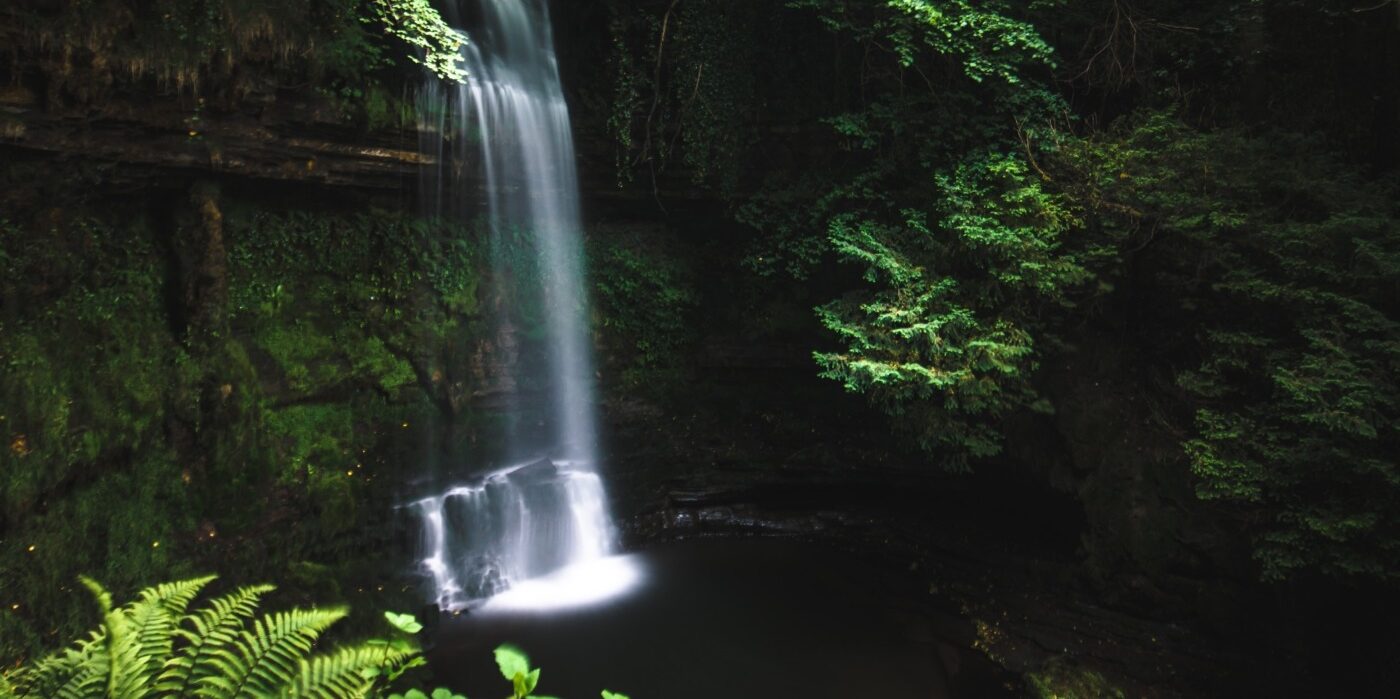The natural phenomena on our doorstep
When we travel, we may often head abroad to see famous sights in traditional locations. Museums, cultural events, capital cities – you know the drill. But there’s a whole selection of incredible natural phenomena here in the British Isles, and if you’re thinking ahead for future travel, why not check some of them out? Here’s a run-through of some of the natural sights on our own doorstep, which make for magical travel experiences.
Electric Brae, Ayrshire
There’s an episode of Father Ted where the priests go on holiday, and they lose Father Jack on the Magic Road, where the laws of gravity seemingly don’t apply. The Electric Brae in Scotland is that experience in real life. Initially believed to be linked to electrical forces (hence the name), the Brae is actually an optical illusion known as a gravity hill – if the road appears to slope downwards, the configuration of the land makes it look uphill, and vice versa. Cyclists have reported being baffled by this, needing to pedal despite their perception suggesting they could freewheel.
Gaping Gill, North Yorkshire
One of the issues with caves is that visiting them has a record for being claustrophobic experiences. This is far from true in the case of Gaping Gill. Buried 100m below the Yorkshire Dales, the cave is more than 300,000 million years old, and is big enough to contain the entirety of St. Paul’s Cathedral. There is also a 350ft waterfall inside, the highest unbroken waterfall in England, magnifying the majesty of the experience. It’s one that a number of potholing groups are happy to provide access to at certain times of the year for a small fee.
It was once believed that the water had miraculous healing powers, as a result of witchcraft
Petrifying Well, Yorkshire
Another pick from Yorkshire, and another one with a very long history – the Petrifying Well, which has actually been a tourist destination since 1630, making it England’s oldest example. It was once believed that the water had miraculous healing powers, as a result of witchcraft – the nearby Mother Shipton’s Cave is named after this supposed witch. The reason for this? The water can turn things like teddy bears, hats and other random objects into stone within three to five months. Items petrify very quickly here, as a result of evaporation and the water’s high mineral content, but it’s still an amazing thing to observe, with many items left in the well to transform.
Devil’s Chimney, Sligo
More gravity play with this next suggestion, which takes us to Ireland. This water feature is known locally as Sruth an Aghaidh an Aird, or ‘the stream that flows backwards’ – if the weather is right, it appears that the waterfall here is flowing upwards. There’s a public hiking trail that lets you get close to the base of the falls, and during periods of heavy rainfall, the waterfall makes for a spectacular sight – watching the wind carry the water back upwards is an experience. The waterfall is located in the Glencar valley, which is also home to a wide variety of plant life and animals from otters to Peregrine falcons.
If you’re quiet when you approach it, you may discover some otters
Singing Sands, Islay
Situated on the Oa peninsula in Scotland, the Singing Sands is a beautiful secluded beach with lots of local wildlife. Now, I’m not normally a beachgoer myself, but if the conditions are right here, it will sound as if the sand is singing when you walk upon it. This is linked to the size of the grains, the silica content and the humidity, but if they all align perfectly, you’ll hear a magical noise. If that doesn’t work out, there’s another fantastic landmark to see nearby – the Carraig Fhada Lighthouse, a commission in 1832 that is, rather unusually, square and boasts two towers. If you’re quiet when you approach it, you may discover some otters.

Comments